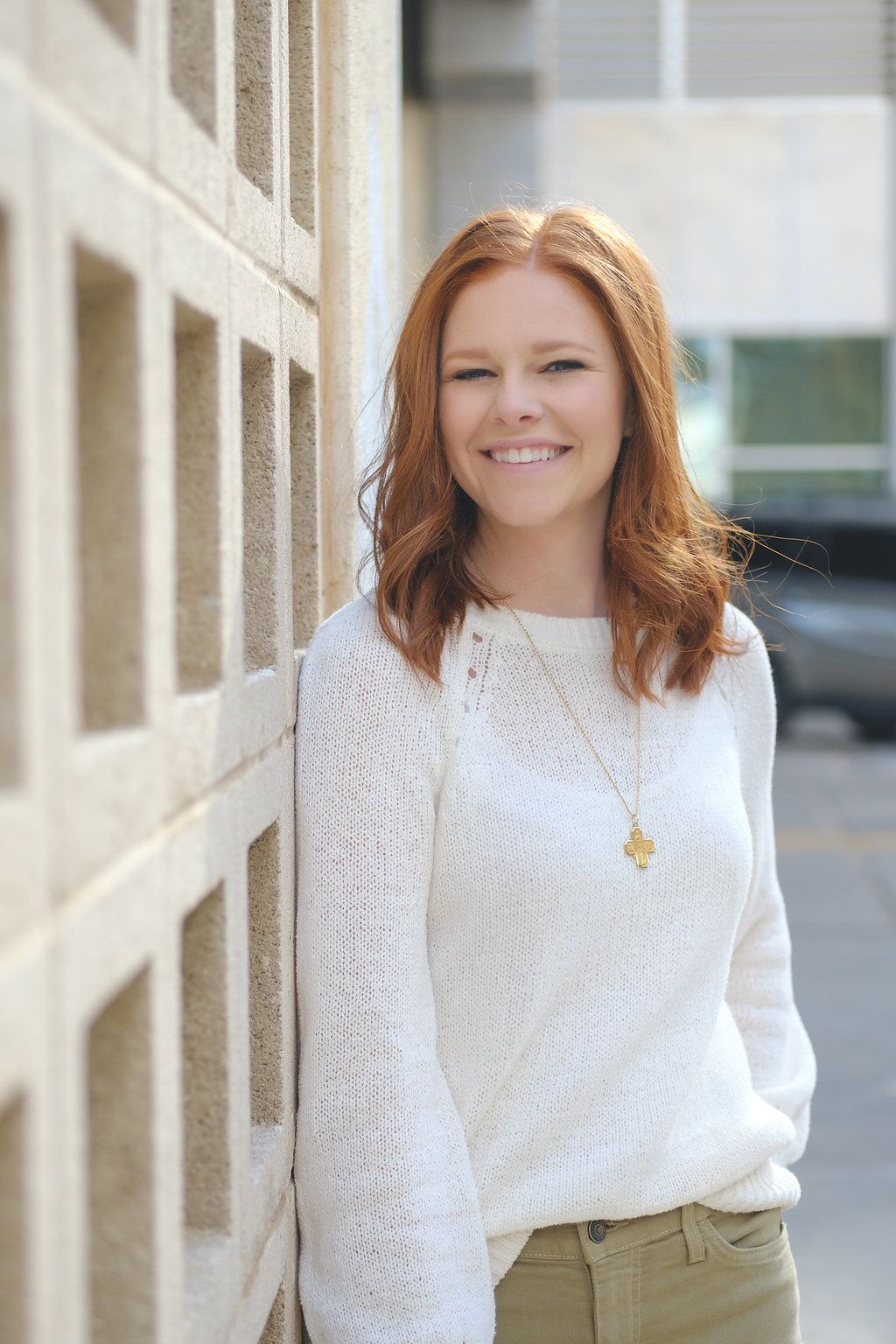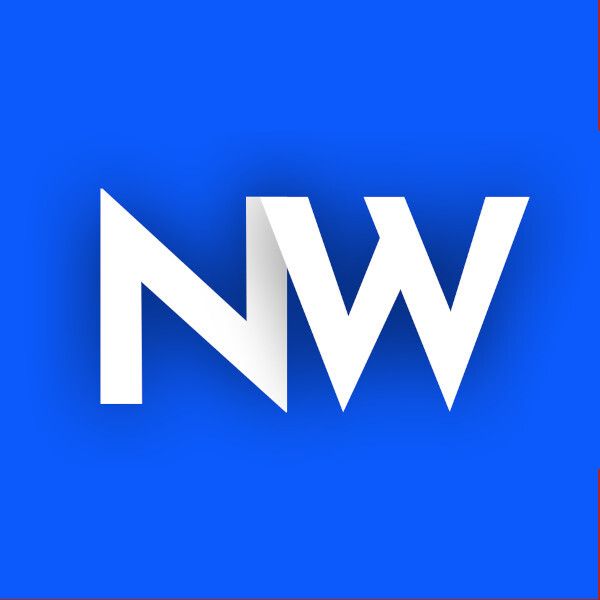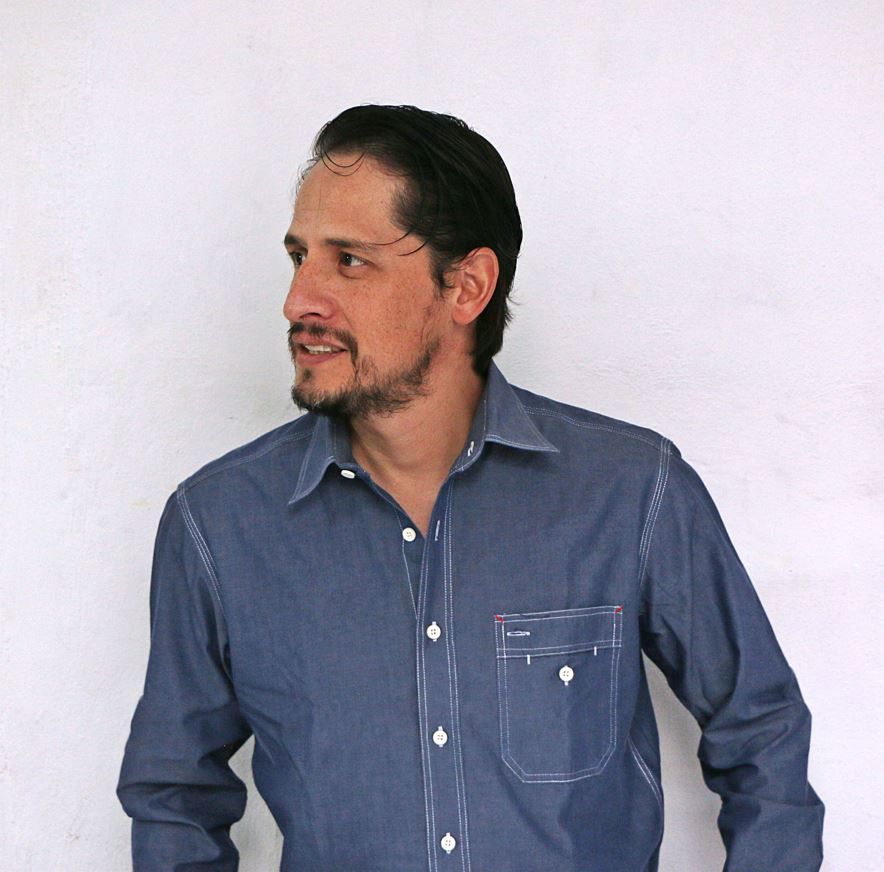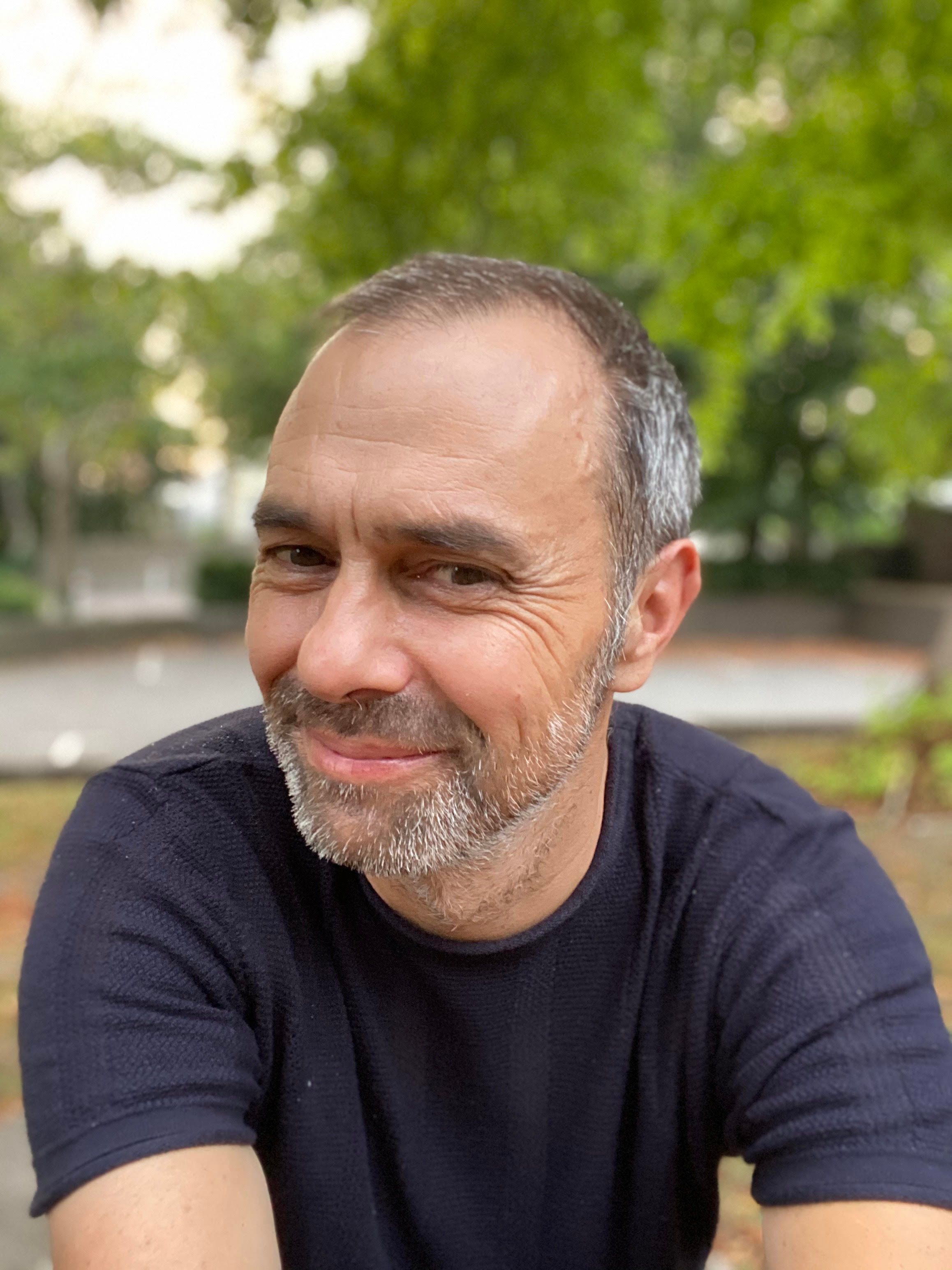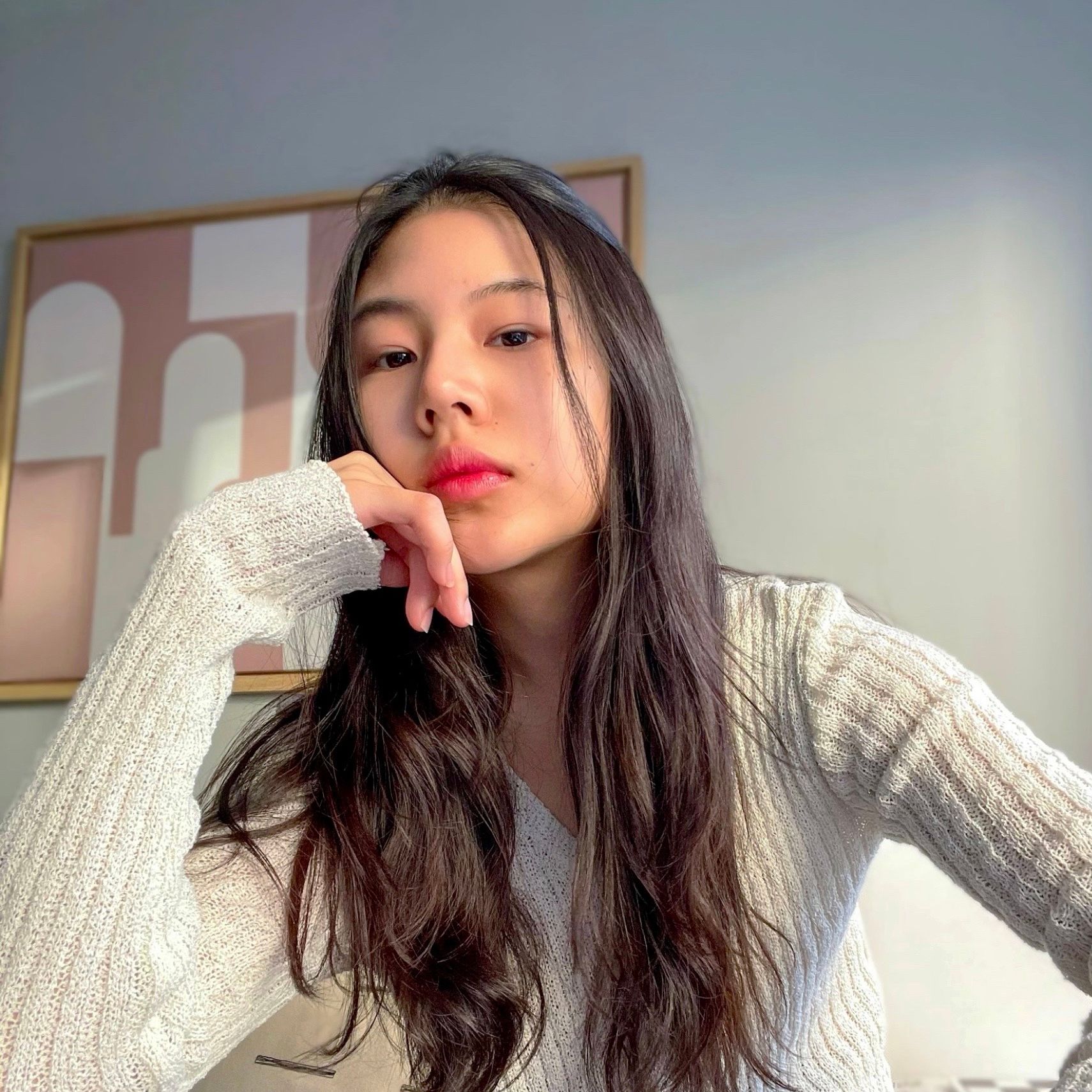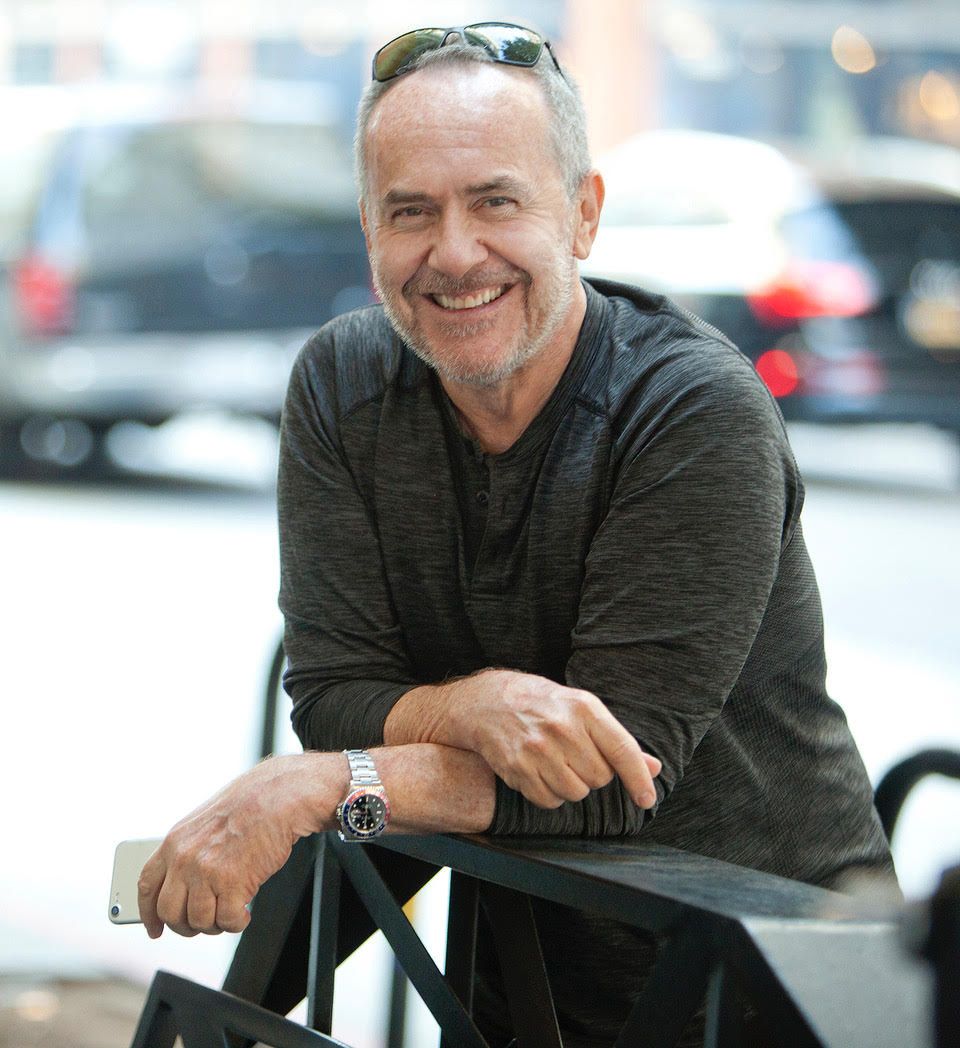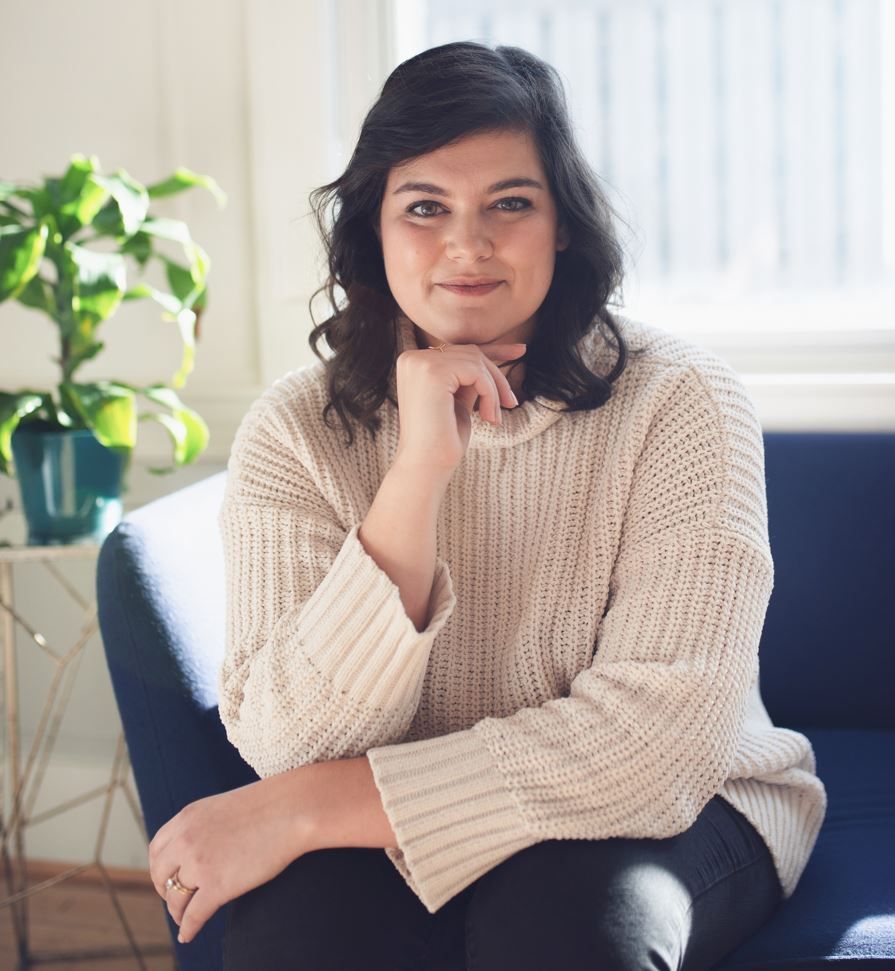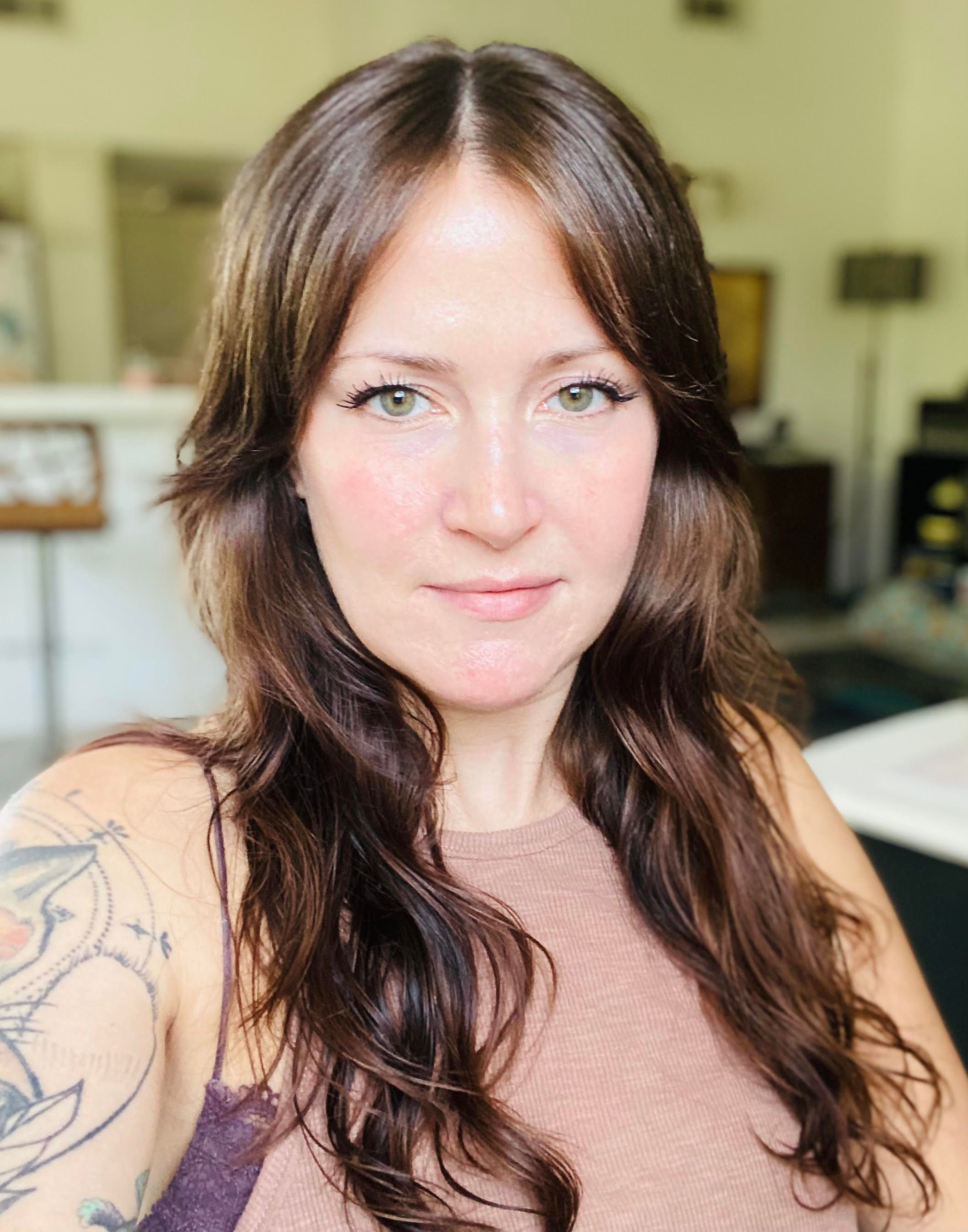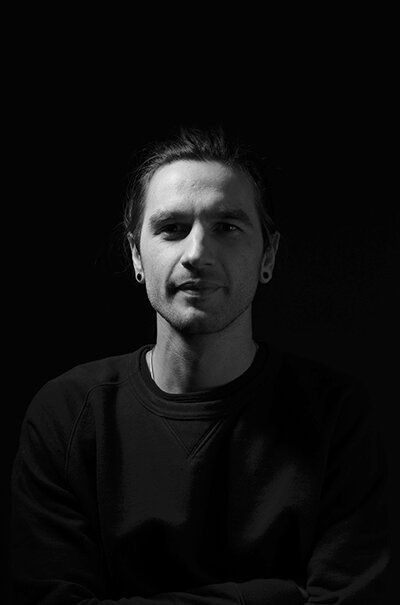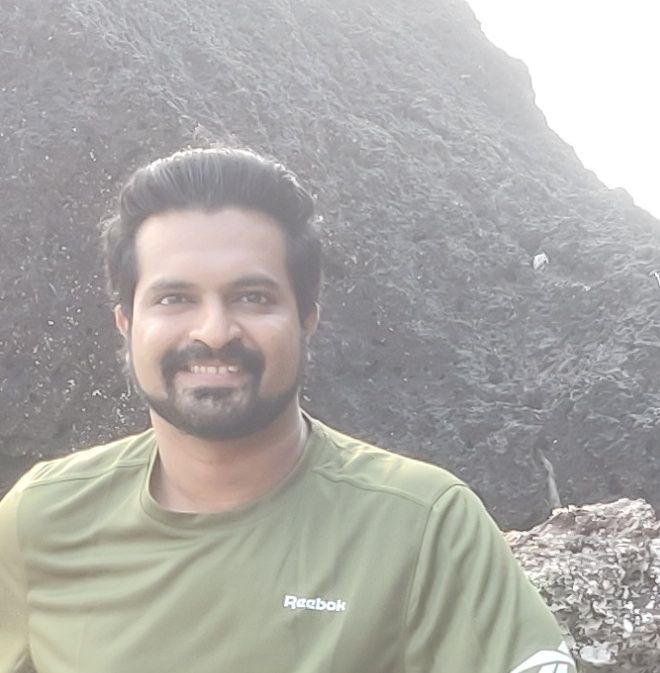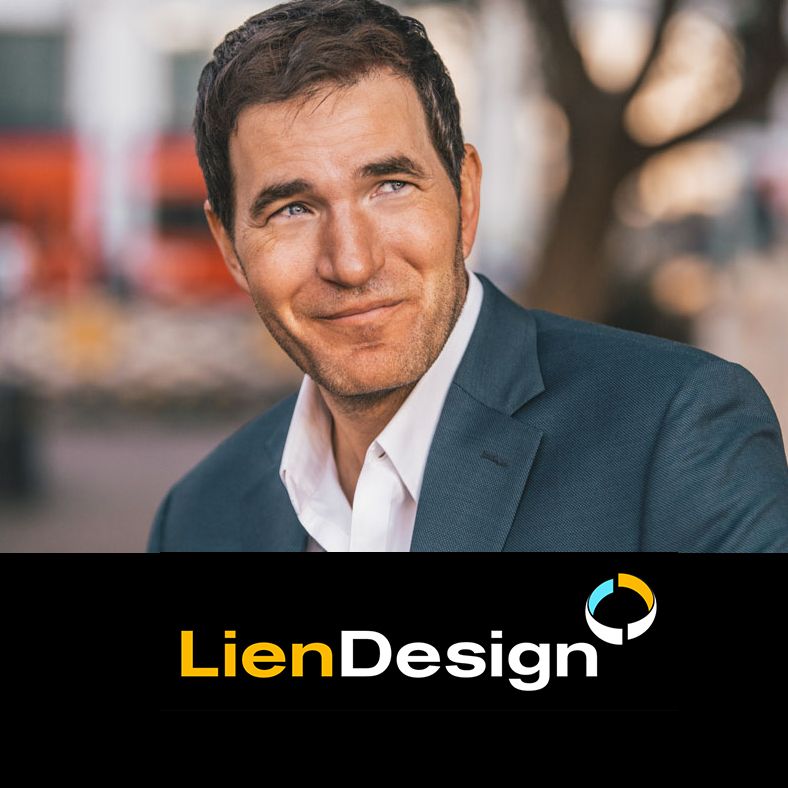Good and healthy habits are crucial when you’re aiming to consistently produce great design work. If being creative and crafting unique pieces daily is your job, it can be hard to keep coming up with fresh ideas that impress.
When you need more than just the moments when the muse hits you with inspiration, developing habits that foster creativity is the best way to get that spark going every day. We checked in with design experts to find out how they keep the flow of ideas going.
Their recommendations range from habits that cultivate innovation like keeping your eyes open for trends and taking notes from your everyday environment to the more practical habits of staying organized and applying critical thinking to the pieces you craft.
Explore the habits experienced designers across various industries have developed over the years below and find out what works for you.



